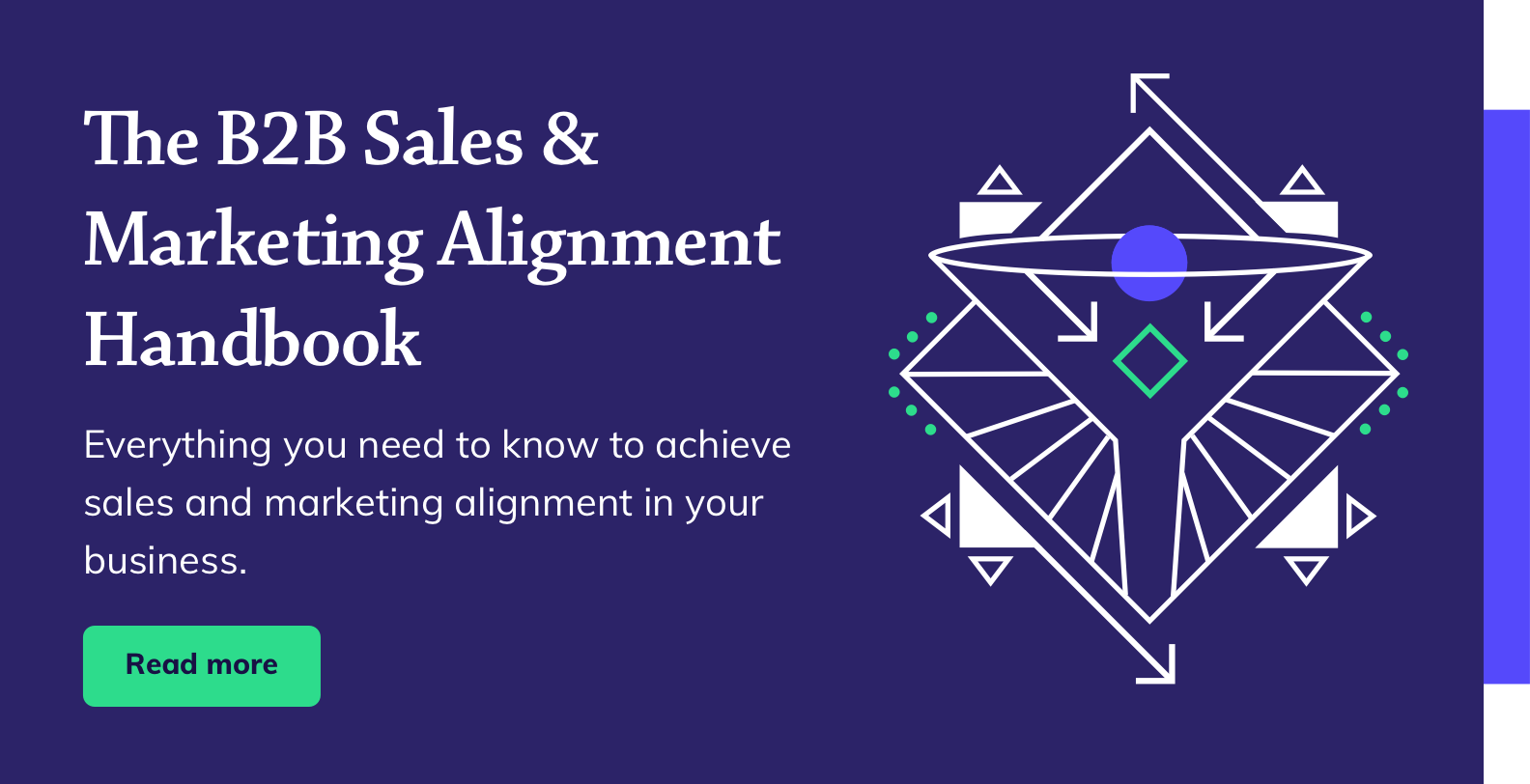A lot is written about Account-based Marketing (ABM), and how it is the saviour for companies marketing to the enterprise, without actually saying anything at all about what it is or how to do it.
We've all heard 'focus on key accounts' or 'treat accounts like a market of one'. Yeah, yeah. But what does this actually mean in practice?
Well, here at Blend we like to bust open opaque topics like ABM and share exactly how they work at the coalface.
So what is ABM then, really? A classy new name for direct marketing? Nope. A miraculous way to get enterprise customers to buy from you? Wrong again.
ABM 101
ABM is the holistic approach of targeting and personalising your marketing activity to a defined set of influencers within one or more specific, named accounts.
Adopting ABM makes sense when your ideal buyer is an enterprise, with multiple senior influencers in the decision making unit (DMU).
Within the enterprise, the ultimate buyer is unlikely to do purchase research themselves, relying instead on a team to support them. These buyers are less likely to discover you via search or engage with you via the classic inbound channels.
Sellers need to engage, influence and build relationships with the whole DMU to develop opportunities with this type of buyer.
How does ABM work?
Given that the members of the DMU are harder to reach than SME buyers, different tactics are needed to get on their radar.
Contrary to the way that inbound marketing can reach and engage SME buyers online - by creating content that widens the top of the funnel - account-based marketing requires some more traditional tactics, like display advertising, direct marketing and events, to succeed.
Fortunately, new technologies and platforms have evolved that enable marketers to use these tactics in far more intelligent and data-driven ways than in years gone by.
Account-based advertising
For some time, social platform owners, like LinkedIn and Facebook, have allowed advertisers to perform advanced targeting, ensuring that ads are only displayed to users meeting the right criteria.
These platforms will also allow you target people working at specific companies - enabling true account-based advertising.
In addition, these platforms can now automatically define and target look-alike accounts, that share common traits with your ideal buyer, helping you to grow your named account list and scale your ABM over time.
Operating these platforms directly is totally viable, if a little laborious, but a new breed of advertising management platform has evolved that makes it even easier to execute account-based advertising, by integrating with your CRM or marketing automation system to identify the target audience in real time.
These new tools also use additional methods of user identification, including IP lookup and B2B databases, to help your adverts reach the entire buying committee at named and look-alike accounts, before you even know who they are.
Account-based direct mail
When targeting the highest ranking executives at an enterprise, the impact of digital methods can be somewhat limited. To address this, account-based marketers are reviving direct mail as a method of getting in front of C-level decision makers.
Direct mail is a useful tool in an ABM strategy since it is often handled by the intended recipient - unlike emails and calls, which can be screened and ignored.
But, to be effective, account-based direct mail has to be different to the direct mail of old. Gone are the days of sending tokens and trinkets to a list of people and then waiting for the orders to roll in. Account-based direct mail has to be high impact - creative, timely and personalised promotions being the order of the day.
The best direct mail campaigns will be triggered only once a contact at a named account has been identified and qualified as being in the DMU. Any direct mail to these contacts must be carefully managed, monitored and followed-up to ensure that the, likely large, investment isn't wasted.
Account-based inbound
Successful ABM relies on many of the same principles as inbound marketing.
For example, knowing who your buyers are, using a combination of personas and ideal buyer profiles, and creating educational content to support their buying process are necessities of successful ABM.
Furthermore, when ABM brings members of the DMU in to your online world, your inbound marketing needs to kick and becomes responsible for converting, nurturing and managing those leads.
Configuring your marketing automation system for ABM is also vital. Monitoring your website for new contacts at named accounts, setting contact and company properties, and notifying sales of their activity is key if you want your account-based selling efforts to properly benefit and generate revenue from you ABM.





